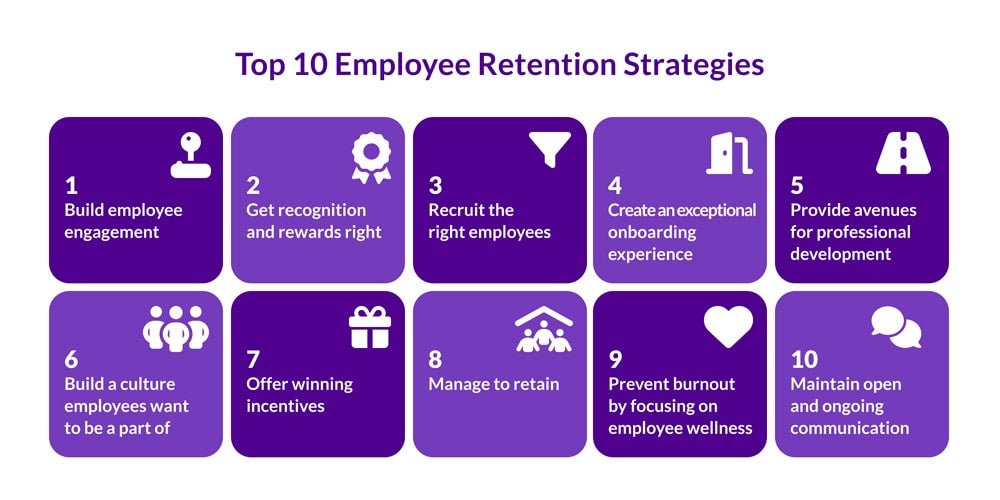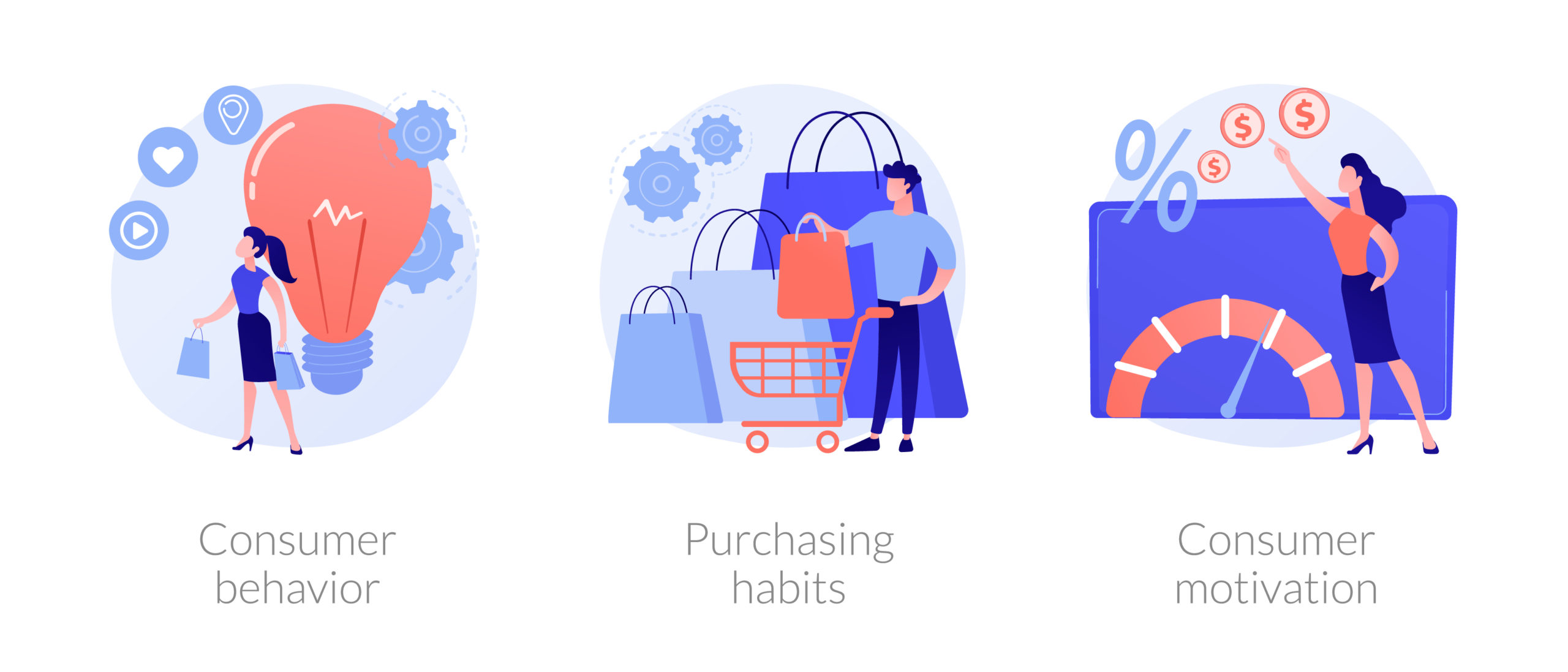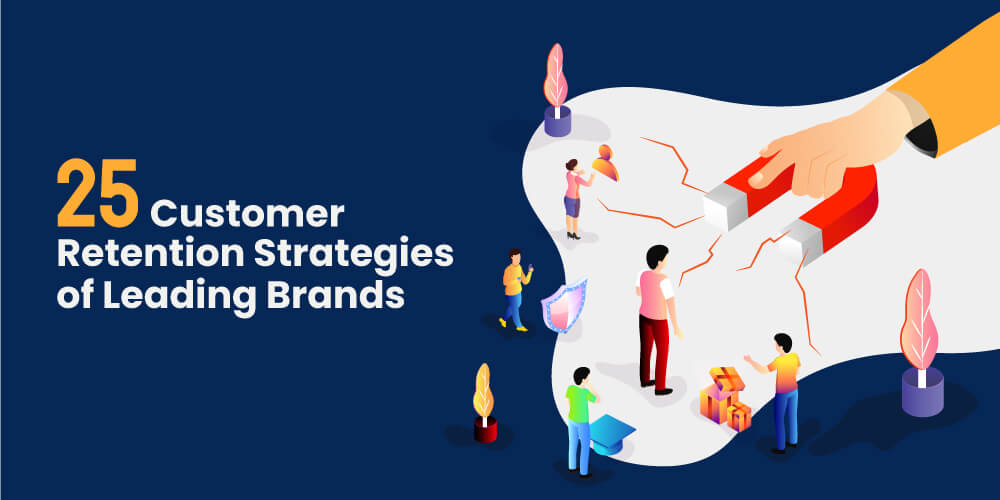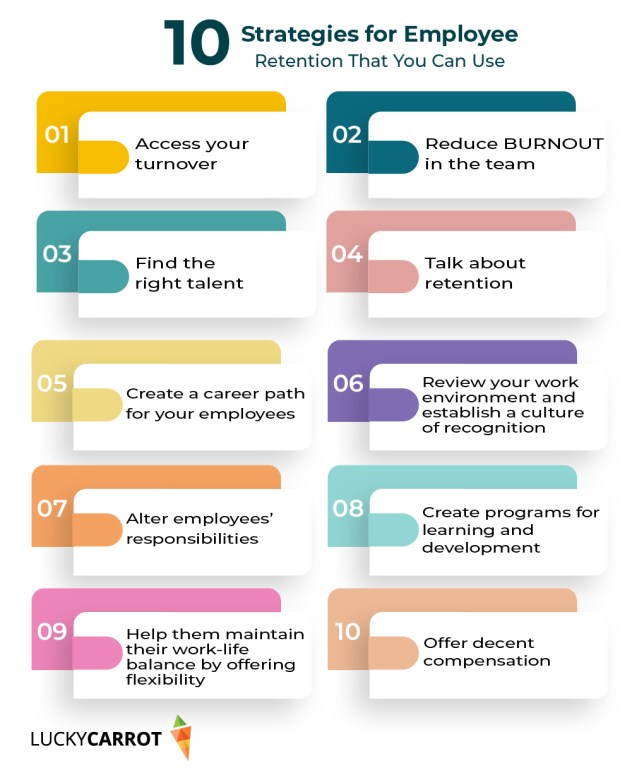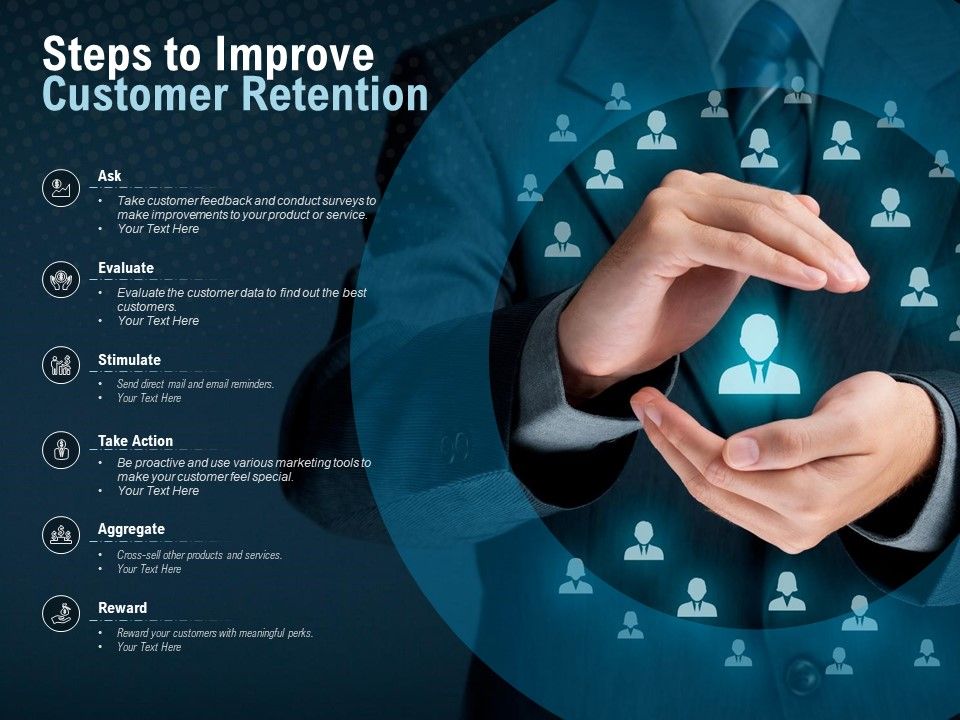Why Retention is Key to Startup Success
Customer retention is a crucial aspect of startup growth, as it directly impacts revenue growth, customer acquisition costs, and overall business sustainability. In fact, a study by Bain & Company found that increasing customer retention rates by just 5% can lead to a 25-95% increase in profits. This is because retaining existing customers is significantly more cost-effective than acquiring new ones, with some estimates suggesting that it can be up to 7 times more expensive to acquire a new customer than to retain an existing one.
Moreover, customer retention is a key driver of long-term growth and sustainability for startups. By building a loyal customer base, startups can create a stable source of revenue and reduce the risk of customer churn. This, in turn, allows startups to focus on innovation and growth, rather than constantly trying to acquire new customers to replace those who have left.
Effective startup growth retention strategies can help startups build a loyal customer base and drive long-term growth. These strategies may include personalization, community building, and employee advocacy, among others. By implementing these strategies, startups can create a positive customer experience, foster customer engagement, and ultimately drive retention and growth.
For example, startups can use data and analytics to create targeted marketing campaigns and tailored customer experiences that meet the unique needs and preferences of their customers. This can help to build trust and loyalty with customers, increasing the likelihood that they will remain loyal to the startup over time.
In addition, startups can build a community around their brand by creating online forums, social media groups, and in-person events. This can help to foster customer engagement and retention, as customers feel a sense of belonging and connection to the startup and its community.
By prioritizing customer retention and implementing effective startup growth retention strategies, startups can drive long-term growth and sustainability, and ultimately achieve their goals.
Understanding Your Customer Journey: Mapping the Path to Retention
Mapping the customer journey is a crucial step in developing effective startup growth retention strategies. By understanding the key touchpoints and pain points that customers experience throughout their journey, startups can identify opportunities to improve the customer experience and increase retention.
The customer journey map is a visual representation of the customer’s experience across all touchpoints, from initial awareness to post-purchase support. It helps startups to identify areas where customers may be experiencing friction or frustration, and to develop targeted strategies to address these issues.
Startups can use customer feedback and data to create a customer journey map. This can include surveys, focus groups, and online reviews, as well as data from customer interactions, such as website analytics and social media engagement metrics.
For example, a startup may use customer feedback to identify a pain point in the onboarding process, where customers are experiencing difficulty with the product or service. By addressing this issue through targeted support and training, the startup can improve the customer experience and increase retention.
Another example is using data to identify a key touchpoint in the customer journey, such as a social media channel or online community. By engaging with customers through these channels, startups can build relationships and foster loyalty, ultimately driving retention and growth.
By mapping the customer journey and identifying key touchpoints and pain points, startups can develop targeted retention strategies that address the unique needs and preferences of their customers. This can include personalization, community building, and employee advocacy, among other strategies.
For instance, a startup may use customer data to create personalized marketing campaigns that speak to the individual needs and preferences of each customer. By doing so, the startup can build trust and loyalty with customers, increasing the likelihood that they will remain loyal to the startup over time.
In addition, startups can use customer journey mapping to identify opportunities to create a sense of community and belonging among customers. By building online forums, social media groups, and in-person events, startups can foster customer engagement and retention, ultimately driving long-term growth and sustainability.
How to Build a Loyal Customer Base through Personalization
Personalization is a key component of effective startup growth retention strategies. By using data and analytics to create targeted marketing campaigns and tailored customer experiences, startups can build trust and loyalty with their customers, ultimately driving long-term growth and sustainability.
One way to personalize the customer experience is through the use of customer data and analytics. By analyzing customer behavior and preferences, startups can create targeted marketing campaigns that speak to the individual needs and interests of each customer. For example, a startup may use customer data to create personalized email campaigns that offer tailored product recommendations or special promotions.
Another way to personalize the customer experience is through the use of tailored customer experiences. By using data and analytics to understand customer behavior and preferences, startups can create customized experiences that meet the unique needs and interests of each customer. For example, a startup may use customer data to create personalized product recommendations or customized content that speaks to the individual interests of each customer.
Startups such as Netflix and Amazon have successfully implemented personalization strategies to build a loyal customer base. Netflix uses customer data to create personalized movie and TV show recommendations, while Amazon uses customer data to create personalized product recommendations. These strategies have helped to drive customer engagement and retention, ultimately leading to long-term growth and sustainability.
In addition to using data and analytics to personalize the customer experience, startups can also use personalization to create a sense of community and belonging among customers. By creating customized experiences that speak to the individual needs and interests of each customer, startups can foster customer engagement and retention, ultimately driving long-term growth and sustainability.
For example, a startup may use personalization to create customized social media experiences that speak to the individual interests of each customer. By doing so, the startup can foster customer engagement and retention, ultimately driving long-term growth and sustainability.
By using personalization to build a loyal customer base, startups can drive long-term growth and sustainability. By creating targeted marketing campaigns and tailored customer experiences that speak to the individual needs and interests of each customer, startups can build trust and loyalty with their customers, ultimately driving long-term growth and sustainability.
The Power of Community Building: Fostering Customer Engagement and Retention
Building a community around your startup is a powerful way to foster customer engagement and retention. By creating online forums, social media groups, and in-person events, startups can create a sense of belonging and connection among customers, ultimately driving long-term growth and sustainability.
One way to build a community is through the creation of online forums and social media groups. These platforms provide a space for customers to connect with each other, share experiences, and ask questions. By engaging with customers through these platforms, startups can build relationships and foster loyalty, ultimately driving retention and growth.
Another way to build a community is through the creation of in-person events. These events provide a space for customers to connect with each other and with the startup, ultimately building relationships and fostering loyalty. For example, a startup may host a conference or meetup, providing a space for customers to learn from each other and from industry experts.
Startups such as Airbnb and Warby Parker have successfully built communities around their brands. Airbnb has created a community of hosts and travelers, providing a space for them to connect and share experiences. Warby Parker has created a community of customers, providing a space for them to share their experiences and connect with each other.
By building a community, startups can create a sense of belonging and connection among customers, ultimately driving long-term growth and sustainability. By engaging with customers through online forums, social media groups, and in-person events, startups can build relationships and foster loyalty, ultimately driving retention and growth.
In addition to building a community, startups can also use community building to create a sense of social proof. By showcasing customer testimonials and success stories, startups can create a sense of trust and credibility among potential customers, ultimately driving growth and sustainability.
For example, a startup may use customer testimonials to create a sense of social proof on their website or social media channels. By showcasing the success stories of existing customers, the startup can create a sense of trust and credibility among potential customers, ultimately driving growth and sustainability.
By building a community and creating a sense of social proof, startups can drive long-term growth and sustainability. By engaging with customers and showcasing their success stories, startups can build relationships and foster loyalty, ultimately driving retention and growth.
Measuring and Optimizing Retention: Key Metrics and Strategies
Measuring and optimizing customer retention is crucial for startups to drive long-term growth and sustainability. By tracking key metrics and using data and analytics to inform retention strategies, startups can improve customer loyalty and reduce churn.
One of the most important metrics for measuring customer retention is customer churn rate. This metric measures the percentage of customers who stop doing business with a startup over a given period of time. By tracking customer churn rate, startups can identify areas for improvement and develop targeted retention strategies.
Another key metric for measuring customer retention is retention rate. This metric measures the percentage of customers who continue to do business with a startup over a given period of time. By tracking retention rate, startups can identify successful retention strategies and optimize their approach.
Customer lifetime value (CLV) is also an important metric for measuring customer retention. This metric measures the total value of a customer to a startup over their lifetime. By tracking CLV, startups can identify high-value customers and develop targeted retention strategies to retain them.
Startups can use data and analytics to optimize retention strategies and improve customer loyalty. For example, startups can use customer data to identify patterns and trends in customer behavior, and develop targeted marketing campaigns to retain high-value customers.
Additionally, startups can use A/B testing and experimentation to optimize retention strategies. By testing different approaches and measuring their impact on customer retention, startups can identify the most effective strategies and optimize their approach.
For example, a startup may use A/B testing to compare the effectiveness of different email marketing campaigns on customer retention. By testing different subject lines, email content, and calls-to-action, the startup can identify the most effective approach and optimize their email marketing strategy.
By measuring and optimizing customer retention, startups can drive long-term growth and sustainability. By tracking key metrics and using data and analytics to inform retention strategies, startups can improve customer loyalty and reduce churn, ultimately driving revenue growth and business success.
Employee Advocacy and Retention: The Role of Company Culture
Company culture plays a crucial role in driving employee advocacy and retention, which in turn can impact customer retention and overall business success. A positive work environment and opportunities for growth and development can foster a sense of loyalty and commitment among employees, leading to increased employee retention and advocacy.
When employees feel valued and supported, they are more likely to become advocates for the company, promoting its products or services to their networks and helping to drive customer acquisition and retention. Conversely, when employees are unhappy or unfulfilled, they may become detractors, sharing negative experiences and damaging the company’s reputation.
Startups can create a positive work environment by prioritizing employee well-being, providing opportunities for growth and development, and fostering a sense of community and belonging. This can include initiatives such as employee recognition programs, training and development opportunities, and social events.
For example, a startup may implement an employee recognition program that rewards employees for their contributions to the company. This can help to boost morale and motivation, leading to increased employee retention and advocacy.
Additionally, startups can prioritize employee growth and development by providing opportunities for training and advancement. This can help to keep employees engaged and motivated, reducing the likelihood of turnover and increasing the likelihood of employee advocacy.
By prioritizing company culture and employee well-being, startups can create a positive work environment that fosters employee advocacy and retention. This can have a direct impact on customer retention and overall business success, as happy and engaged employees are more likely to provide excellent customer service and promote the company’s products or services.
For instance, a startup may prioritize employee well-being by providing access to mental health resources, flexible work arrangements, and employee wellness programs. This can help to reduce stress and burnout, leading to increased employee retention and advocacy.
By investing in company culture and employee well-being, startups can create a loyal and engaged workforce that drives business success. By prioritizing employee advocacy and retention, startups can create a positive work environment that fosters growth, innovation, and customer satisfaction.
Scaling Your Retention Strategy: Lessons from Successful Startups
Scaling a retention strategy requires careful planning and execution. Successful startups have implemented effective retention strategies that have driven long-term growth and customer loyalty. By studying these strategies, startups can learn valuable lessons and apply them to their own retention efforts.
One successful startup that has implemented an effective retention strategy is Warby Parker. Warby Parker has created a loyal customer base by offering personalized customer experiences, including home try-on and free shipping. The company has also invested in employee advocacy and retention, recognizing that happy employees are more likely to provide excellent customer service.
Another successful startup that has implemented an effective retention strategy is Airbnb. Airbnb has created a community of hosts and travelers, providing a platform for them to connect and share experiences. The company has also invested in personalization, using data and analytics to create targeted marketing campaigns and tailored customer experiences.
Startups can learn from these examples by prioritizing personalization, employee advocacy, and community building. By creating a positive work environment and opportunities for growth and development, startups can foster employee advocacy and retention. By investing in personalization and community building, startups can create a loyal customer base and drive long-term growth.
Additionally, startups can learn from the importance of data-driven decision making. By using data and analytics to inform retention strategies, startups can optimize their approach and improve customer loyalty. By tracking key metrics such as customer churn rate, retention rate, and customer lifetime value, startups can identify areas for improvement and make data-driven decisions.
For example, a startup may use data and analytics to identify patterns in customer behavior, such as the likelihood of churn or the effectiveness of marketing campaigns. By using this data to inform retention strategies, the startup can optimize its approach and improve customer loyalty.
By studying the retention strategies of successful startups, startups can learn valuable lessons and apply them to their own retention efforts. By prioritizing personalization, employee advocacy, and community building, startups can create a loyal customer base and drive long-term growth.
Staying Ahead of the Curve: Emerging Trends in Retention and Growth
The landscape of customer retention and growth is constantly evolving, with new technologies and strategies emerging all the time. To stay ahead of the curve, startups need to be aware of these emerging trends and adapt their retention strategies accordingly.
One of the most significant emerging trends in retention and growth is the use of artificial intelligence (AI) and machine learning (ML) to personalize customer experiences and predict churn. By using AI and ML, startups can analyze customer data and behavior to identify patterns and trends, and use this information to create targeted marketing campaigns and tailored customer experiences.
For example, a startup may use AI and ML to analyze customer purchase history and behavior, and use this information to create personalized product recommendations and offers. This can help to increase customer engagement and loyalty, and reduce the risk of churn.
Another emerging trend in retention and growth is the use of account-based marketing (ABM) to target high-value customers and accounts. By using ABM, startups can create personalized marketing campaigns and experiences that are tailored to the specific needs and interests of their target accounts.
Startups can also use emerging trends such as customer journey mapping and customer experience management to improve customer retention and growth. By creating a customer journey map, startups can identify key touchpoints and pain points in the customer journey, and use this information to create targeted marketing campaigns and experiences.
Additionally, startups can use emerging trends such as employee advocacy and retention to improve customer retention and growth. By creating a positive work environment and opportunities for growth and development, startups can foster employee advocacy and retention, which can in turn drive customer retention and growth.
By staying ahead of the curve and adapting to emerging trends in retention and growth, startups can improve customer retention and growth, and drive long-term success. By using AI and ML, ABM, customer journey mapping, and employee advocacy and retention, startups can create a competitive advantage and stay ahead of the competition.
For instance, a startup may use AI and ML to analyze customer data and behavior, and use this information to create personalized marketing campaigns and experiences. By using ABM, the startup can target high-value customers and accounts, and create personalized marketing campaigns and experiences that are tailored to their specific needs and interests.
By using emerging trends in retention and growth, startups can improve customer retention and growth, and drive long-term success. By staying ahead of the curve and adapting to changing market conditions, startups can create a competitive advantage and stay ahead of the competition.

